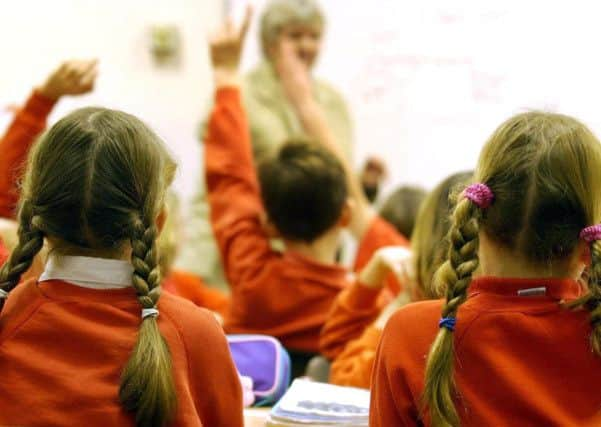Free schools ‘have fewer poor pupils than their neighbours’


It also suggests that many of the primary-age youngsters attending free schools have higher levels of previous achievement than the national average .
Free schools are autonomous state schools set up by teachers, parents and other groups that have a freedom over areas such as the curriculum and staff pay.
Advertisement
Hide AdAdvertisement
Hide AdA key plank of the Conservatives’ education policy, around 331 free schools are now open or approved to open. There are 12 open in Yorkshire and there are 13 morewith initial backing to open. Eight are set to open this September.
When the policy was first launched in 2010 the former Education Secretary Michael Gove said that too often poorer children were left with “the worst education while richer families can buy their way to quality education”.
He added: “By allowing new schools we will give all children access to the kind of education only the rich can afford.”
However the research published today suggests that primary free schools have fewer poor pupils than the national average. The new study, by the Centre for Learning and Life Chances (LLAKES) at the Institute of Education (IoE) examined the intakes of of 88 primary and 63 secondary free schools which had opened by September last year.
Advertisement
Hide AdAdvertisement
Hide AdOn average, free schools are being set up in disadvantaged areas, the study found, but fewer pupils attending these schools are eligible for free school meals (FSM) – a key measure of poverty.
Around 13.5 per cent of pupils attending primary free schools were eligible for FSM, it says, while within the neighbourhoods of free schools, 18.3 per cent of youngsters were eligible for the dinners. Across the rest of England 15.9 per cent of primary-age children were entitled to FSM. The findings also show that 17.5 per cent of pupils attending secondary free schools were entitled to free lunches, with 22.1 per cent of youngsters eligible in their neighbourhoods and 17.3 per cent eligible across the rest of England.
“The net effect is that the free secondary school pupils themselves are close to average for all secondary schools, and the free primary school pupils very slightly better off,” the study says.
It goes on to show that there is a “marked difference” at primary school level in pupils previous achievement.
Advertisement
Hide AdAdvertisement
Hide AdFree school children have a distinctly higher average foundation stage Profile score – from early years education – than elsewhere in the neighbourhood and the rest of England, the study suggests.
Study author Professor Francis Green said: “It appears that, so far, the places in reception at free primary schools are being filled by children who are somewhat less disadvantaged and more advanced in their development than the average. This outcome may be disappointing for the Government, which had hopes that its free schools policy would be a vehicle for delivering social justice.”
Natalie Evans, director of the New Schools Network, which supports free schools to open, said: “The fact is that free schools are being set up in the communities that most need high-performing new schools – they are 10 times more likely to be in the most deprived parts of the country than the most affluent.
“Free school founders are choosing to set up in more deprived areas precisely because they want to make the biggest difference to children that do have access to the high quality education they deserve.”